St Andrews Harbour Trust trustee Douglas Mundie is no stranger to innovative solutions.
The 72-year-old St Andrews University graduate can claim a quirky but globally recognisable success: he led the team that developed the world’s first squeezy tomato ketchup bottle, securing Heinz’s inaugural order for 18 million of them in 1985.
It’s fitting, then, that the restoration of the storm-ravaged medieval pier at St Andrews Harbour – which reopened on April 30 – has demanded similarly inventive thinking and sheer determination.
Douglas, alongside fellow trustee Ken Sweeney and a small band of committed volunteers, has been at the heart of monumental efforts to repair the historic pier and chart a sustainable future for the centuries-old harbour.
The pier was triumphantly reopened with the return of one of the university town’s most iconic traditions: the Gaudie.
An estimated 2000 red-gowned St Andrews students processed along the newly repaired pier with flaming torches.
They honoured John Honey, a student who, in 1800, saved sailors from a shipwreck near the harbour’s entrance.
But despite the celebrations and the photogenic symbolism, the work is far from done.
While £1 million of repairs have been carried out so far, major engineering repairs to restore the pier’s connection to the cliffs remain unfunded, requiring a further £2 million.
With major grant applications underway, it is thought that a funding gap of around £500,000 will remain – and the clock is ticking.
Why is there such urgency to finish St Andrews pier repairs?
The urgency stems from the unprecedented damage wrought by back-to-back “risk to life” storms in late 2023 – Storm Babet in late October and Storm Ciarán just over a week later.
Together, they battered the harbour infrastructure, scoured the seabed, destroyed sluice gates and undermined the very integrity of the pier structure.
Ken Sweeney, 69, a retired PE teacher and former St Andrews coastguard with deep family ties to the harbour, recalls the impact vividly.
“Basically, the harbour got weakened by the first storm then hit by the second,” he explains.
“The lock gates got driven from their resting position by a spate effectively and then bounced around by the swell in harbour. That was Storm Babet.
“That meant we had no control of the water in the harbour. We couldn’t un-silt it without the gates. We did manage to re-open after a week thanks to a local farmer digging out the sand.
“But then the second storm, from the same north-easterly angle, bombarded the base of the pier along its full length – particularly at the pier landfall.
“It was like a washing machine scouring it out. The road was on its way if no remedial actions were taken, and the cliff and path down was at risk too. It still is!”
The storms exposed the fragility of a pier structure whose original foundations date to the 14th century, built and rebuilt over generations.
Capping stones from 1900 were lifted off like pebbles.
Waves penetrated the twin rows of stonework, blasting out rubble infill with hydraulic force.
What difference have emergency repairs made?
Emergency intervention from Fife Council bought some time, with £100,000 of rock armour installed to prevent further cliff erosion and road collapse at the pier landfall.
The Scottish Government’s Marine Scotland Emergency Fund contributed £360,000 to urgent harbour gate repairs.
But the trust – working closely with Historic Environment Scotland, Fife Council and Lochgelly-based Realm Construction, part of the Purvis Group – also has the pier’s A-Listed status to consider.
“We used oak double-fired wedges, carefully hammered into the stone joints,” explains Douglas.
“It’s a traditional method with modern precision – the wedges swell with moisture to hold stones tight.
“We also repointed the pier nose, tidied the west wall, repaired the picnic area and even restored the smaller pier.”
Tidal work schedules meant stonemasons worked unseen, often on the seaward side of the pier. Hard work meant the pier re-opened earlier than planned.
A funding cliff edge
Still, danger remains. The repairs completed so far have stabilised the pier, but the structure’s landward connection – known as the landfall – remains highly vulnerable. Without the final phase of work, future storms could undo everything.
“Rock armour is in place, but it’s temporary,” warns Douglas. “Another winter like 2023, and we could lose the whole end section again. That would be catastrophic.”
Permission has recently been given to use concrete on the seaward side of the landfall to give better protection.
However, this brings different engineering challenges.
The final phase – the rebuilding of the landfall, the reinstatement of the historic slipway, and long-term reinforcement of the surrounding cliff – carries an estimated cost of £2 million.
The hope lies with two major funding bids: £1 million from the Heritage Lottery Fund and £500,000 from Historic Environment Scotland.
If successful, these grants would leave a remaining gap of £500,000 – a sum the trust believes it can raise through community efforts and local donors. But time is short.
“We’d need to start work in spring 2026 to be finished by that winter,” says Douglas.
“Any later, and we risk being caught out by another storm season.”
A quiet appeal to St Andrews University
The University of St Andrews, whose students have helped fundraise and whose imagery often features the pier, has contributed £2,000 from its Community Fund and helped connect the trust to alumni networks.
The student-run Kate Kennedy Club, which organises the Gaudie Walk, has pledged funds from its upcoming centenary campaign. In total, nearly £20,000 has been raised by the student community.
However, the harbour trust would quietly welcome more direct financial support from the university itself. This comes at a time when the higher education sector faces significant funding challenges of its own.
A spokesperson from the University of St Andrews said: “The university has supported St Andrews Harbour Trust both financially, and in kind.
“We connected the trust to our alumni networks, and the University Community Fund donated £2,000 to the trust’s pier appeal.
“To date the fund has supported 177 charities and organisations across Fife, including the harbour trust, with a total of £280,920. The university commits a core donation of £30,000 a year to the fund.
“Social responsibility is one of our core values…and we remain committed to supporting the harbour trust wherever possible.”
Climate threats to heritage as harbour ambitions outlined
Historic Environment Scotland describes St Andrews Harbour as of “outstanding importance” in Scotland, as recognised through its category A listing.
It has offered advice on sympathetic repairs in keeping with the historic character.
However, the situation also highlights the growing need to better understand and respond to the impact of climate change on historic coastal infrastructure.
St Andrews Harbour Trust’s ambition goes beyond emergency work.
Plans include a new café with upper-floor harbour trust offices and exhibition space, housed in a cantilevered structure that accounts for the fragile quay wall.
Leisure pontoons have already revitalised the inner harbour.
Seven working fishing boats remain active, vital for income and Marine Scotland support.
The reopened pier is a triumph. But there’s little doubt the harbour’s long-term survival depends on securing the next wave of funding and completing the final phase of restoration before nature strikes again.
You can donate at St Andrews Harbour Trust.
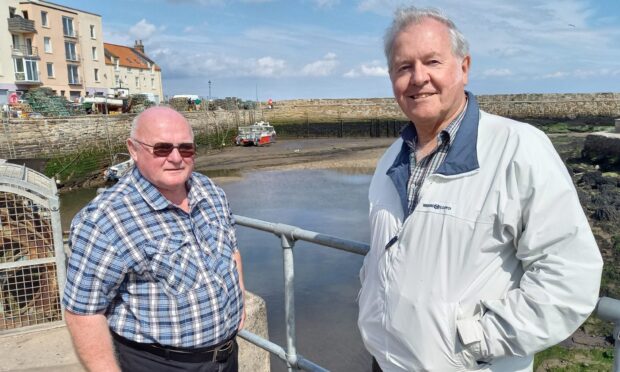
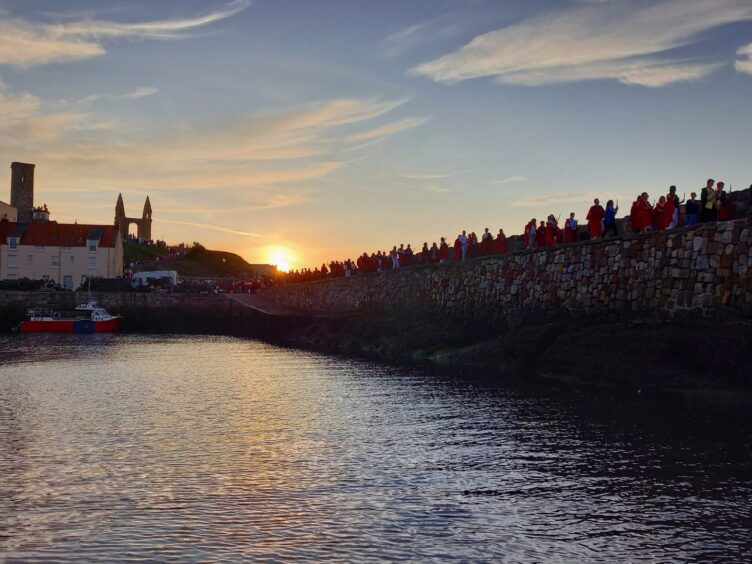
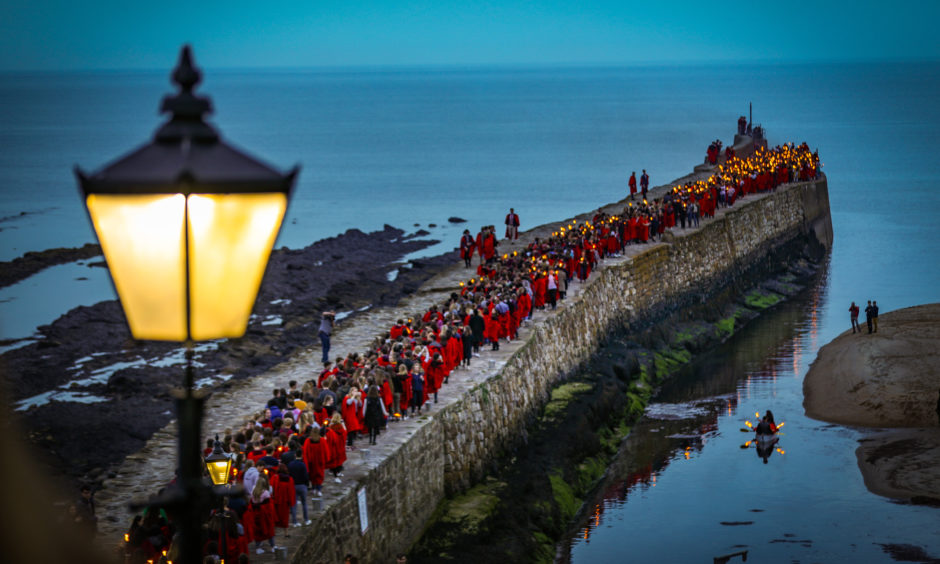
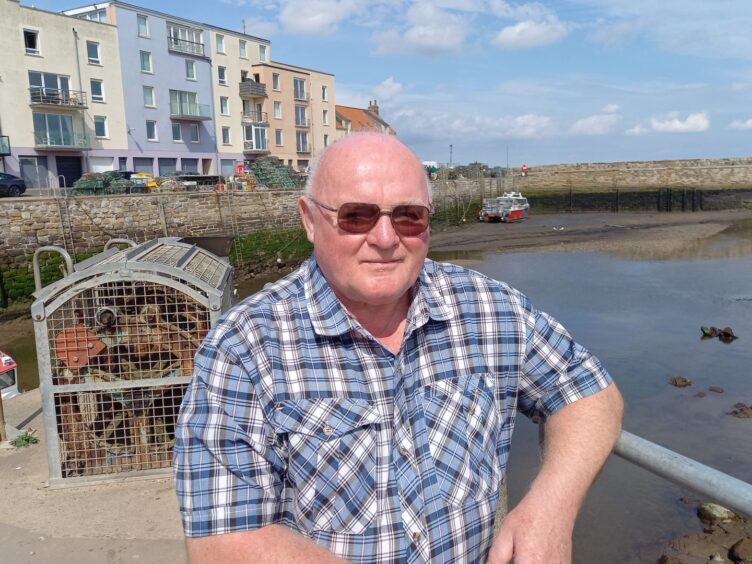
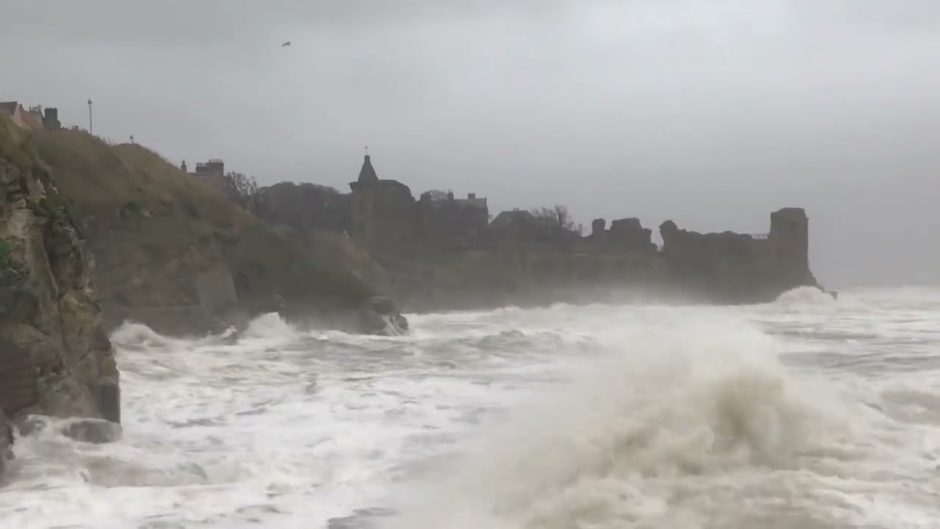

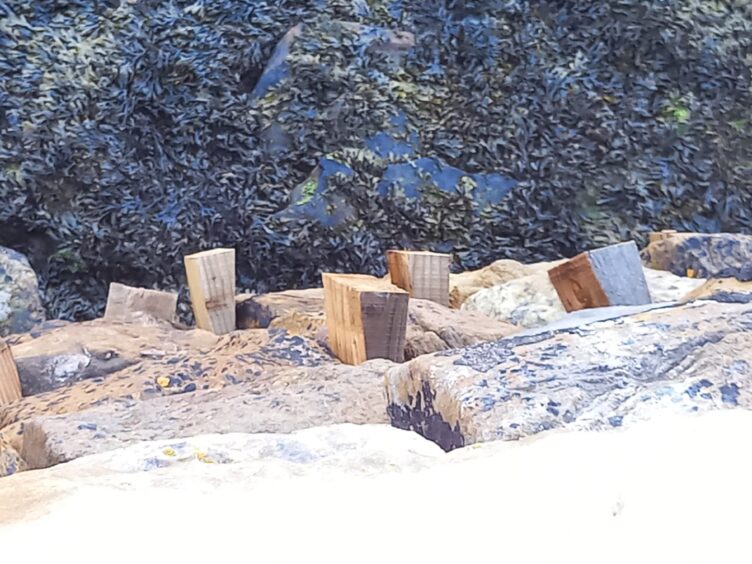
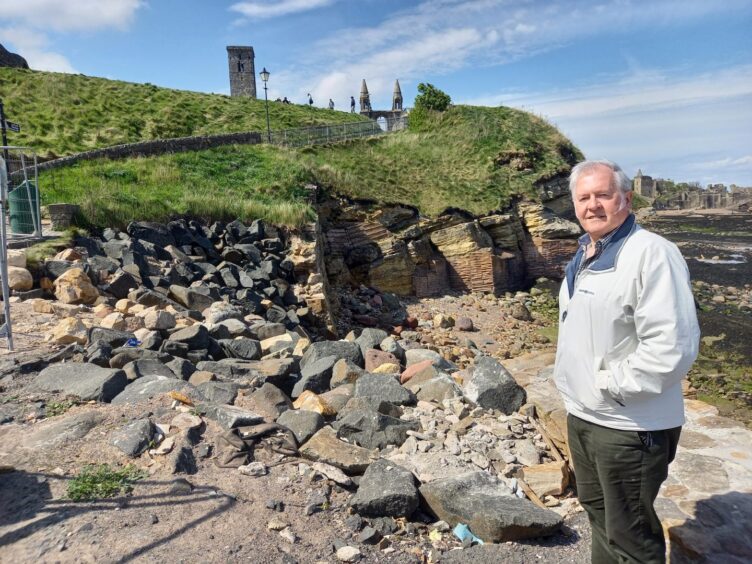
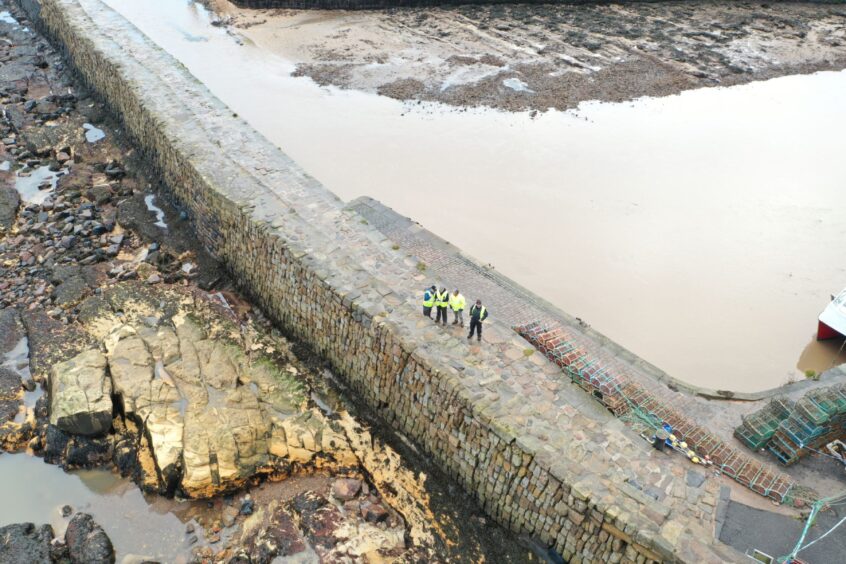

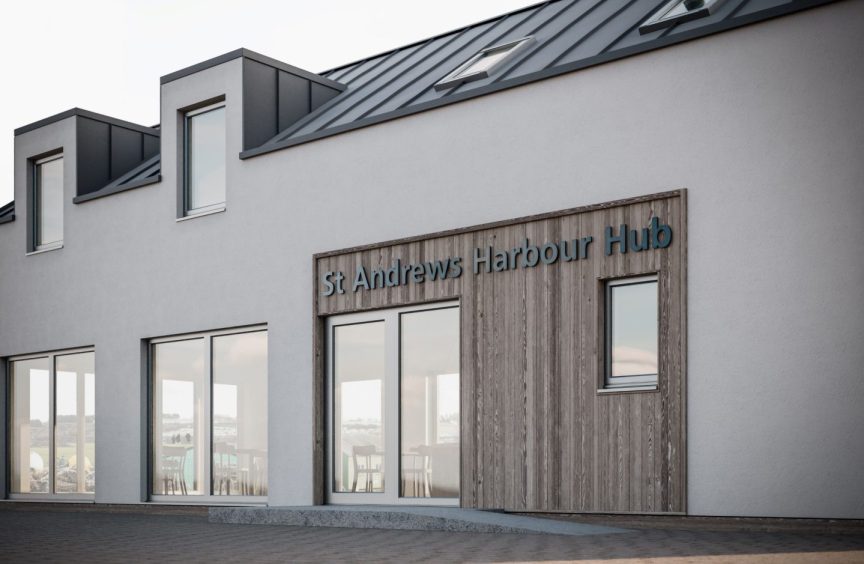









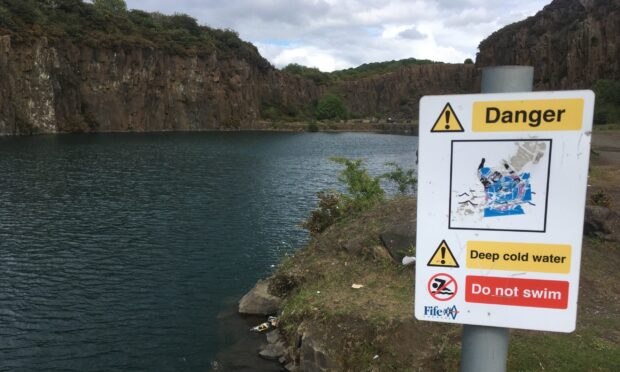
Conversation